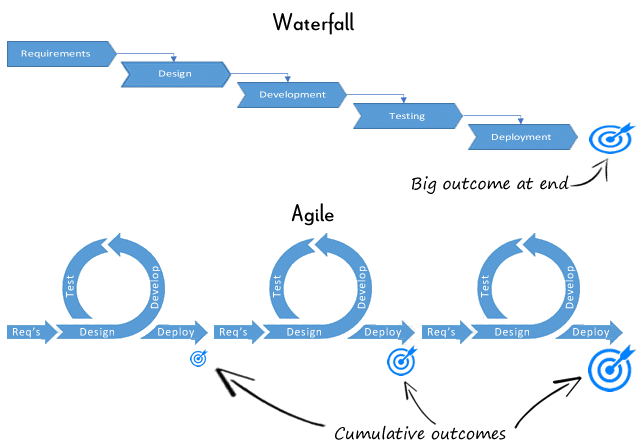In the dynamic world of project management, it is common to encounter challenges that can derail a project. Strategies for the recovery of critical projects then become crucial. By quickly identifying symptoms of deviation, such as task dependencies or resource constraints, managers can implement an effective action plan. The implementation of suitable methods not only clarifies roles within the team but also enhances member involvement. This set of skills and techniques provides a framework to optimize planning and project execution, thus allowing for a favorable status to be regained and guiding the team towards success.
🔥 Nous recommandons Ideamap
Ideamap est l’outil idéal pour un brainstorming ou un projet collaboratif. Grâce son interface facile et à ses fonctions IA, Ideamap booste votre créativité tout en favorisant une meilleure organisation de vos idées pour atteindre vos objectifs.
|
IN BRIEF
|
Project management can sometimes experience ups and downs. A troubled project can seem nightmarish, but there are effective strategies to get it back on track. In this article, we will explore various methods to recover critical projects, identify pitfalls, and implement corrective actions to regain a favorable status.
Identify the Critical Path
Understanding the concept of the critical path is essential to identify tasks that have a direct impact on the project duration. This involves mapping all task dependencies, analyzing the necessary resources, and identifying potential risks. By breaking down the project into subtasks, it becomes easier to identify those that are critical and adjust the schedule accordingly.
Establish Effective Communication
Clear communication is one of the pillars of project success. It is vital to hold regular meetings to clarify the roles and expectations of each team member. By using appropriate tools, teams can share progress, identify problems quickly, and ensure that all participants are on the same page.
Analyze and Adjust Resources
A project can suffer from resource constraints, whether in terms of time, money, or personnel. It is therefore crucial to reevaluate available resources and adjust the plan accordingly. In some cases, this may involve redeploying team members or readjusting the budget to meet the project’s actual needs.
Implement a Recovery Plan
For projects that have already deviated, developing a recovery plan is essential. This plan must clearly outline the steps to return the project to normal. It is often wise to prioritize the most critical tasks and instill a sense of urgency in the project. The involvement of the team in this process is a key factor for success.
Establish Clear and Measurable Objectives
Objectives must be specified precisely. By defining clear and measurable objectives, the team has benchmarks to evaluate progress. Each member must be aware of their role and the expectations that follow. Establishing sub-objectives can also make progress more manageable and motivating.
Use Appropriate Management Techniques
The use of team management techniques can enhance involvement and motivation. Various approaches, such as Agile methodology or PERT, can prove beneficial in adapting to the shifting constraints of the project. Various management tools, presented on platforms like Asana, also offer effective solutions.
Monitor Performance Indicators
To recover a project, monitoring performance indicators is essential. This allows for quick detection of potential issues and real-time strategy adjustments. Regular analysis of data enables the team to remain focused on priorities and evaluate the effectiveness of implemented actions.
Establish a Culture Where Mistakes are Accepted
It is essential to create a company culture that accepts mistakes as a learning opportunity, thus encouraging innovation and creativity. Team members will feel more secure in sharing their ideas and contributing to problem-solving. Management practices that promote the right to make mistakes can transform the dynamics of your project.
Conclude with Learnings
Once the project is back on track, it is important to analyze what has been learned at each stage of the process. This helps not only to avoid repeating the same mistakes but also to enrich the project approach for the future. By integrating these reflections into future projects, teams will be better prepared to face unforeseen events.
Finally, to learn more about these strategies and their implementation, feel free to consult additional resources such as Project Management Blog and other articles that provide insights and proven methods for recovering critical projects.
“`












